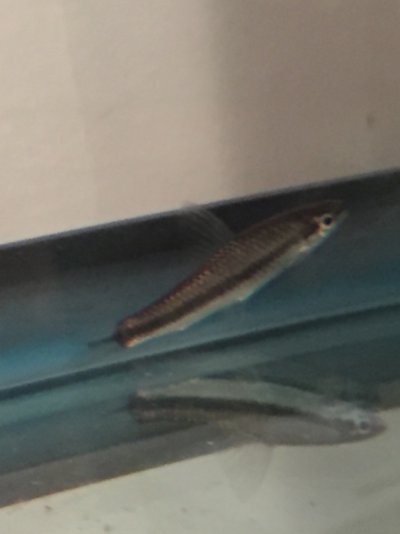To me, there is no question that we are in some ways overly clean. There was research done, some time ago now, on severe asthma; you can look it up. The researcher came up with a vaccine now called the 'Dirt vaccine', based on native bacteria from some native soils, and once made into an inoculation, it actually cured some people who were expected to die. Not 100% of them, but a very high percentage given that all the participants in the trial were 'worst case' cases. The premise of the vaccine, very simply, was based on observations that kids raised on farms, in intimate contact with native soils, rarely got asthma compared to city raised kids who never touch native soils. Most cities have had the 'native' soil stripped, as topsoil, during construction, even in most parks. Later research does show people living on farms all share their own bacterial flora which aren't the same as the flora on another farm, even one just down the road.
We rely greatly on factory farming, which in turn relies on vast quantities of antibiotics being fed to animals directly, in most cases along with GMO grains, merely to keep them alive in the overcrowded conditions required for profits to be made [ and yes, I do believe that includes farmed salmon too ]. It leads to antibiotic resistance in both animals and the people who consume them. At the very end, the oceans receive EVERYTHING we dump on the land eventually. Not to mention the vast amounts of pharmaceuticals we take ourselves, which enter the water system daily.
We have so many 'antibacterial' cleaning products, and some of the antibacterial agents work like antibiotics do too; [triclosan is just one and is used in a number of cosmetics, not just cleaning agents ]. These may be contributing to antibiotic resistance too. Don't catch one of the resistant diseases that are around now, because there isn't any pharmaceutical cure for more and more of them.
Is it any wonder that a very small fish, stunned with cyanide and then starved, struggles to survive in our tanks. I really do think it's amazing any of them manage it. Fortunate indeed that some learn to eat manmade food.


